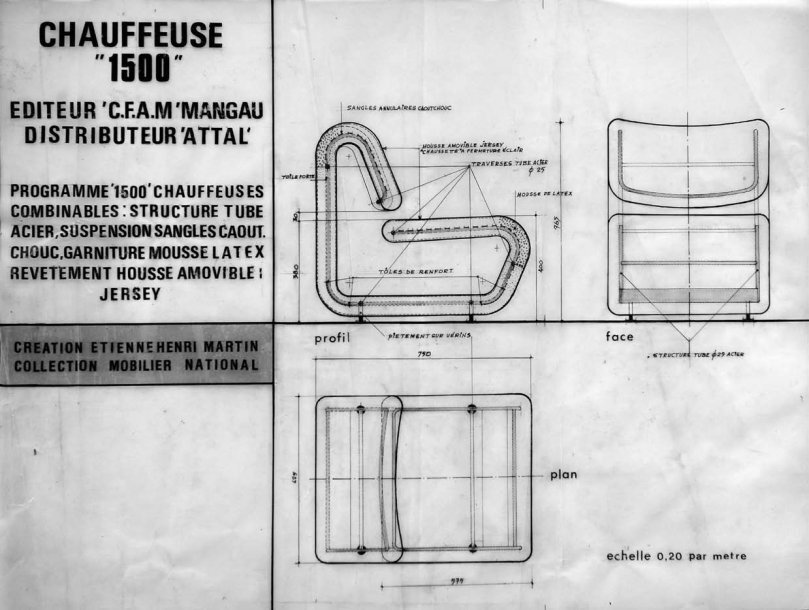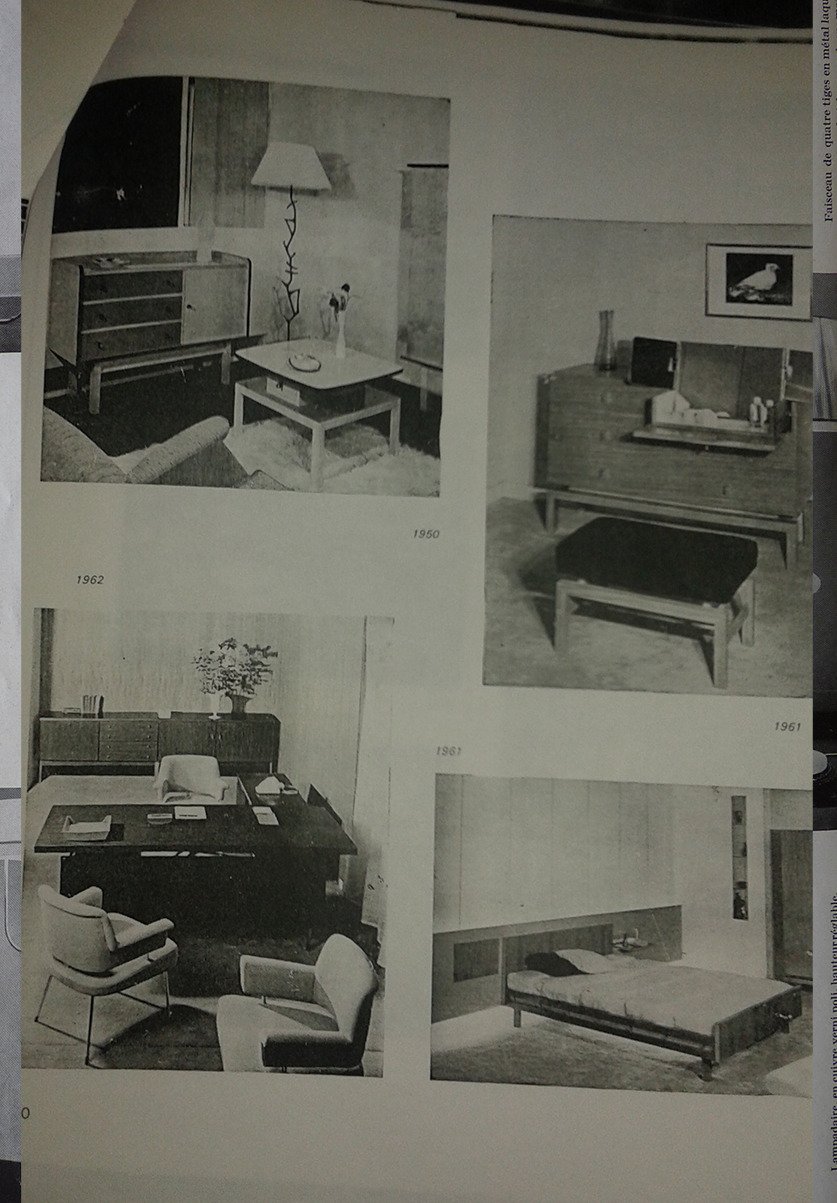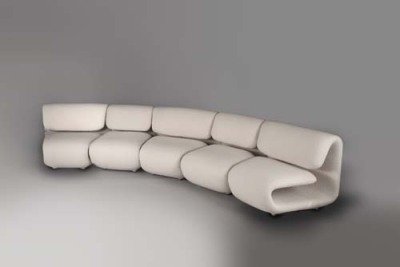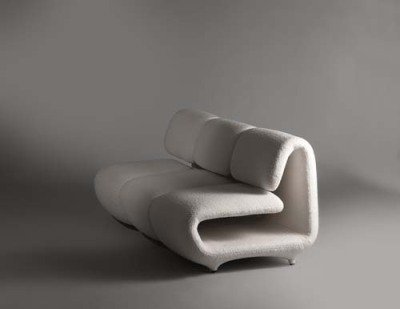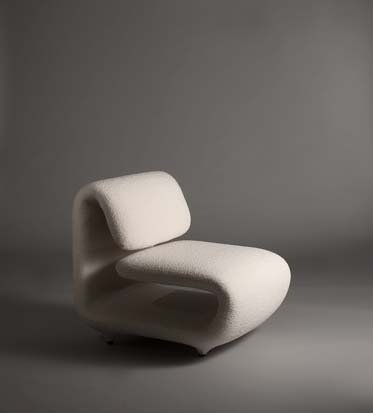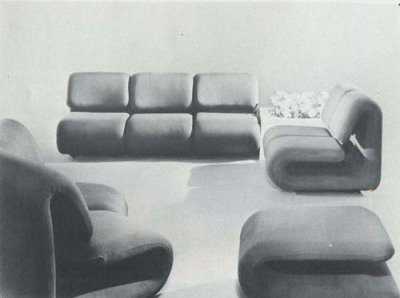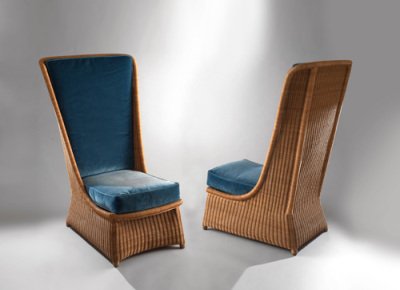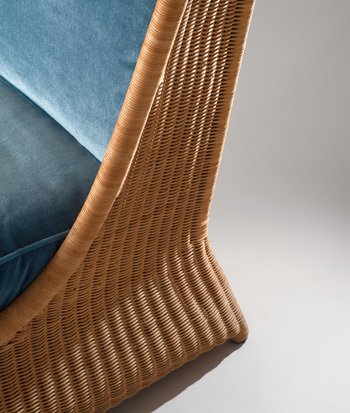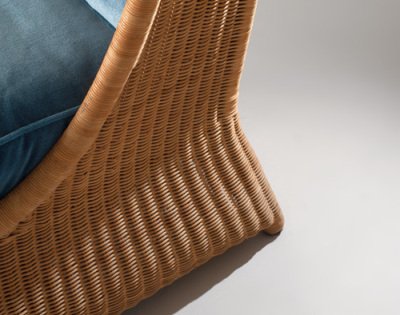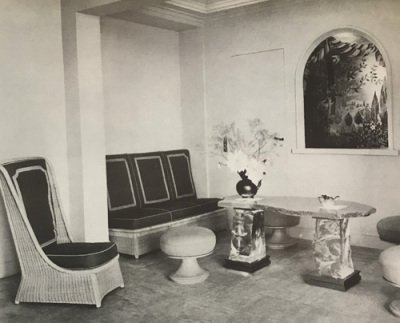Etienne-henri Martin
Étienne-Henri Martin (1905–1997) fut un décorateur et designer français dont la carrière illustre la rencontre entre l’artisanat traditionnel et l’avant-garde moderne. Formé à l’École Boulle, il se spécialisa dans le travail du métal et entra dès 1923 dans l’atelier du maître ferronnier Étienne-Henri Martin (1905–1997) was a French decorator and designer whose career bridged the traditions of decorative craftsmanship with the innovations of modern design. Trained at the École Boulle, he specialized in metalwork and began his career in 1923 in the workshop of master ironworker Edgar Brandt, where he developed his precision and technical mastery. His talent was quickly recognized at the 1925 International Exhibition of Decorative Arts, where he designed the reception room for the City of Paris and was awarded a Grand Prize. Following this success, he joined the Primavera workshop at Printemps and collaborated with René Prou on prestigious commissions, including the Council Chamber of the League of Nations in Geneva. In 1938, he became head of the Studium, the design workshop of the Grands Magasins du Louvre, producing numerous decorative ensembles, and later served as artistic and technical director of Le Bon Marché in Brussels until 1950. At the same time, he was an active member of the Salon des Artistes Décorateurs, for which he also served as treasurer, and regularly presented his work at major exhibitions.
From the 1950s onward, Martin dedicated much of his career to teaching as a professor at the École nationale supérieure des arts décoratifs in Paris, where he shaped generations of designers by encouraging both technical excellence and creative experimentation. His own work evolved toward more streamlined and modern creations, characterized by a balance of functionality and elegance. The 1960s marked the peak of his output with his most iconic creation, the Series 1500 chairs and armchairs, whose fluid, continuous lines became a landmark of French postwar design. In the following decades, he pushed further toward freer and more experimental forms, while remaining committed to exceptional craftsmanship. Winner of the Blumenthal Prize, his works entered national collections, confirming the significance of his contribution. Through his career, Étienne-Henri Martin successfully reconciled the heritage of French decorative arts with the spirit of 20th-century modernity, leaving a lasting legacy in the history of design.
